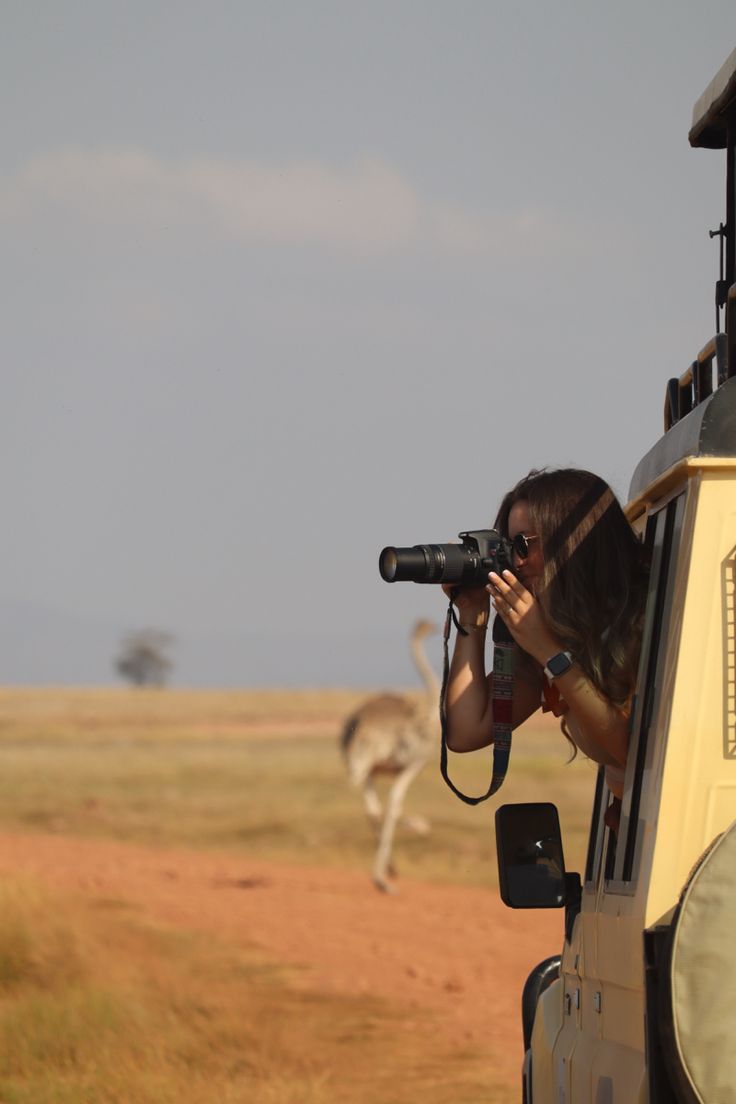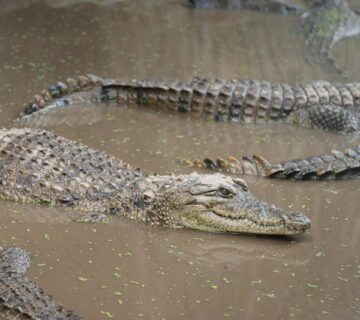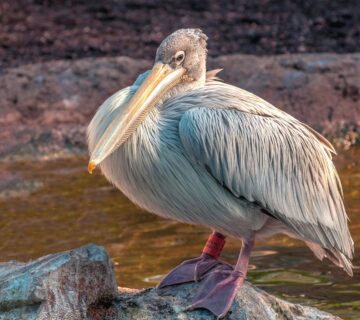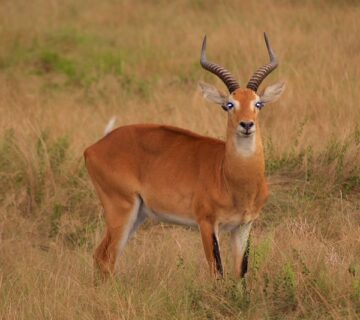Embarking on a Wildlife Photography Group Safari in East Africa is a dream come true for shutterbugs and nature lovers alike. With vast savannahs, lush forests, and diverse ecosystems teeming with iconic wildlife, East Africa offers an unmatched canvas for photographers. From the thunderous migration herds in the Serengeti to the rare mountain gorillas in Bwindi, every corner of this region offers breathtaking moments ready to be captured.

Whether you’re an amateur enthusiast or a professional photographer, planning a Wildlife Photography Group Safari gives you not just scenic beauty but a shared experience with others who are equally passionate about wildlife and photography. This article explores everything you need to know—destinations, tips, gear, timing, and how to make the most of your photography tour.
Why Choose a Group Safari for Wildlife Photography?
A Wildlife Photography Group Safari isn’t just about pointing and shooting. It’s an immersive journey, made better by the shared experience of a group with a common goal. Here are compelling reasons to go as a group:
- Shared Knowledge: Learn photography techniques from fellow travelers.
- Economical Travel: Group rates reduce the overall cost.
- Special Access: Many group tours include special permits and exclusive access to certain parks or reserves.
- Motivation and Feedback: Immediate peer feedback helps improve your skills.
Top Wildlife Photography Destinations in East Africa
East Africa is a photographer’s paradise. Here are the top locations that make group safaris worth every click.
1. Masai Mara, Kenya
One of the most famous game reserves in the world, the Masai Mara is best known for the Great Migration. From July to October, millions of wildebeest, zebras, and gazelles cross the Mara River, followed by predators like lions and crocodiles—ideal for dramatic wildlife action shots.
2. Serengeti National Park, Tanzania
Neighboring the Mara, the Serengeti’s golden plains and diverse animal population offer a surreal photographic experience. Sunrise and sunset shots here are ethereal.
3. Bwindi Impenetrable National Park, Uganda
For those interested in primate photography, Bwindi provides intimate encounters with endangered mountain gorillas. Group permits are usually limited, so planning ahead is essential.
4. Amboseli National Park, Kenya
Set against the backdrop of Mount Kilimanjaro, this park is perfect for capturing elephants in their natural habitat with stunning mountainous backgrounds.
5. Ngorongoro Crater, Tanzania
The world’s largest inactive caldera is a biodiversity hotspot. With dramatic lighting, lush vegetation, and varied fauna, it’s a compact paradise for photographers.
6. Queen Elizabeth National Park, Uganda
Famous for its tree-climbing lions and Kazinga Channel boat cruises, Queen Elizabeth offers a mix of land and water wildlife photography opportunities.
Best Time for a Wildlife Photography Group Safari
East Africa offers year-round photographic opportunities, but timing matters depending on what you wish to capture:
- Great Migration (July–October): Masai Mara and Serengeti
- Dry Season (June–October): Easier wildlife spotting; clear skies for landscape shots
- Wet Season (November–May): Ideal for bird photography and lush greenery
- Gorilla Trekking (June–September and December–February): Easier trekking and clear views
Essential Photography Gear for Your Safari
Being prepared with the right gear can make or break your wildlife photography safari. Here’s what you’ll need:
- DSLR or Mirrorless Camera: High resolution and interchangeable lenses
- Telephoto Lens (200mm – 600mm): For capturing distant animals
- Wide-angle Lens: Ideal for landscapes and habitat context
- Tripod or Monopod: For stability during long shoots
- Extra Batteries & Memory Cards: Power is often limited in remote lodges
- Protective Cases & Lens Cleaning Kit: Dust and humidity can be issues
- Bean Bag or Window Mount: For stable shooting from safari vehicles
Benefits of Hiring a Photography Guide
A Wildlife Photography Group Safari led by a photography expert significantly enhances your experience. These guides understand:
- The best angles for wildlife shots
- Ideal lighting conditions
- Animal behavior, enabling you to anticipate movement
- How to teach composition, ISO, shutter speed, and aperture adjustments in real-time
Typical Group Safari Itinerary (10 Days)
Day 1: Arrival in Nairobi or Arusha – Pre-tour briefing and photography workshop
2–3: Travel to Masai Mara or Serengeti – Morning and evening game drives
4: Full-day safari – Focused on the Great Migration or Big Five
5: Transfer to Amboseli or Ngorongoro – Landscape photography and cultural visits
6–7: Early morning game drives – Capture golden light and wildlife activity
8: Travel to Bwindi or Queen Elizabeth NP – Transition from big cats to primates or aquatic wildlife
9: Gorilla or chimpanzee trek – Close-up primate photography
10: Wrap-up session, photo reviews, and transfer to airport
Tips for Maximizing Your Safari Photography Experience
- Patience Pays Off: Wait for the right moment—light, posture, and expression make all the difference.
- Understand Animal Behavior: Knowing when a lion is likely to yawn or a bird is about to take flight increases your chance of a perfect shot.
- Shoot in RAW: This gives you greater flexibility in post-processing.
- Use Manual Settings: Gain full control over lighting and motion.
- Work with the Light: Dawn and dusk are golden hours for photography.
- Don’t Just Zoom: Capture animals in their habitat for a storytelling effect.
Group Size and Dynamics
A good group size for a Wildlife Photography Group Safari is between 6–12 people. This size allows for:
- Personalized attention from guides
- Enough room in vehicles for camera gear
- Better group cohesion and knowledge sharing
Accommodation Options for Photography Safaris
Most tour companies collaborate with lodges that understand photographers’ needs:
- Flexible Game Drive Hours: Extended early morning and evening drives
- Power Access: Charging stations in rooms and common areas
- Photography Decks: Elevated platforms or hides for capturing animal behavior
- Cultural Interactions: Photo opportunities with local communities
Ethical Photography Practices
Always remember: responsible tourism is key to sustaining Africa’s natural treasures.
- Respect Wildlife Distance: Never provoke or get too close to animals.
- Avoid Flash: Especially during night drives or around nocturnal animals.
- Follow Local Rules: Adhere to park regulations.
- Support Conservation: Book with eco-friendly operators and consider donating to wildlife protection causes.
Cultural Photography Opportunities
In addition to wildlife, East Africa offers rich cultural experiences:
- Maasai and Samburu: Known for colorful attire and traditional practices
- Batwa People in Uganda: Indigenous forest dwellers with a unique lifestyle
- Local Markets and Craftsmen: Capture daily life, textures, and portraits
Always seek permission before photographing people, and consider gifting prints or digital copies when appropriate.
Photo Review and Learning Sessions
Many group safaris include evening sessions for reviewing the day’s captures. This encourages:
- Immediate feedback and improvement
- Storytelling through images
- Learning from peers and guides
- Building a curated portfolio by the end of the trip
What to Pack Besides Photography Gear
- Light, neutral-colored clothing (avoid bright colors)
- Sturdy shoes for treks
- Insect repellent and sunscreen
- Binoculars
- Travel insurance covering photography gear
Booking Your Safari: What to Consider
- Tour Operator Specialization: Choose operators that specialize in photography safaris.
- Permit Availability: For gorilla or chimpanzee trekking.
- Weather & Season: Impacts both wildlife movement and lighting.
- Photographer-Guides: Ask if your guide is a trained photographer.
- Cancellation Policies: Ensure flexibility in bookings.
A Wildlife Photography Group Safari in East Africa is more than a holiday—it’s an expedition of artistry, patience, and discovery. From the striking tuskers of Amboseli to the shy gorillas of Bwindi, the opportunities to capture the soul of the wild are endless. Whether you’re chasing the drama of a lion hunt or the serenity of a herd silhouetted at sunset, these experiences are best shared with others who appreciate the magic behind the lens.
So pack your camera, gather your crew, and embark on a visual odyssey where every click tells a story. Let East Africa’s natural theater unfold through your viewfinder.





